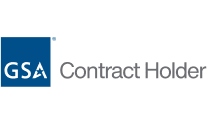Tyvek® is a high-density polyethylene with unique fabric technology that meets or exceeds industry standards for protection against a range of chemical threats and biological hazards. In this article, we’ll explain the Tyvek® options that work best for different industry workers.
Tyvek® Suits for Manufacturing Industry Workers
Risks:
Regular exposure to hazardous particles, light liquid splash (from non-hazardous substances), and aerosolized substances.
Tyvek® options:
Look for Tyvek coveralls with excellent tear and puncture protection and abrasion resistance.
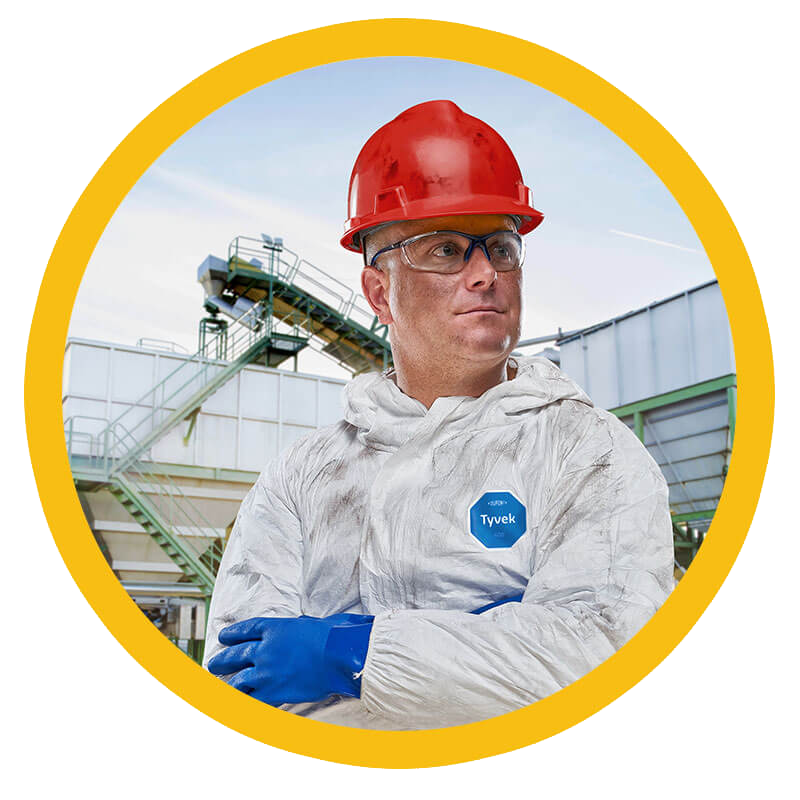
”Choosing the right personal protective equipment for the job, the environment, and the worker can limit injuries to your workforce and help companies avoid OSHA violations.

Tyvek® suits for Government Service Workers, Security, Law Enforcement or Correctional Sector, and the Healthcare Industry
Risks:
Hazards range from low to high-risk, from human contamination to infectious bodily fluids to chemical or thermal (flash fire) exposure—each of these requires some type of barrier protection.
Tyvek® options:
Tychem® garments constructed with taped seams and covered zippers (using sealable flaps) may be appropriate for first responders to limit their exposure to opioids or other illicit drugs and assist with containment.
Tyvek® suits for Agricultural Workers
Risks:
Exposure to viral diseases from animals (including Avian Flu) that may be prone to cross-transmission as well as pesticide (phytosanitary) products that are used to preserve crops.
Tyvek® options:
Protective clothing, such as long-sleeved coveralls with impermeable aprons that can be discarded, such as Tyvek® 400 coveralls with Tychem® aprons, may be appropriate for some agricultural applications.
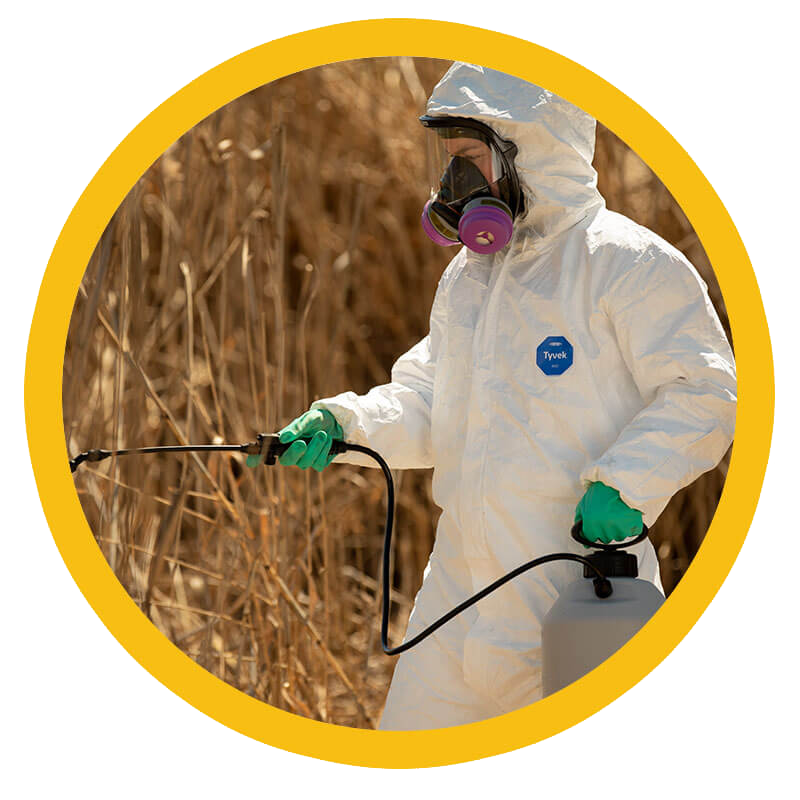
DuPont Seams and their Impact on Barrier Protection
DuPont garments come with different types of seams; each style is constructed to meet a specific kind of hazard. Here’s why it matters:
Seam configuration is paramount to ensuring the garment’s durability and its ability to maintain a barrier between workers and their environment. Should a seam unravel, the exposure could leave workers vulnerable to the elements. It’s important to select the garment with the best seam construction for the application.
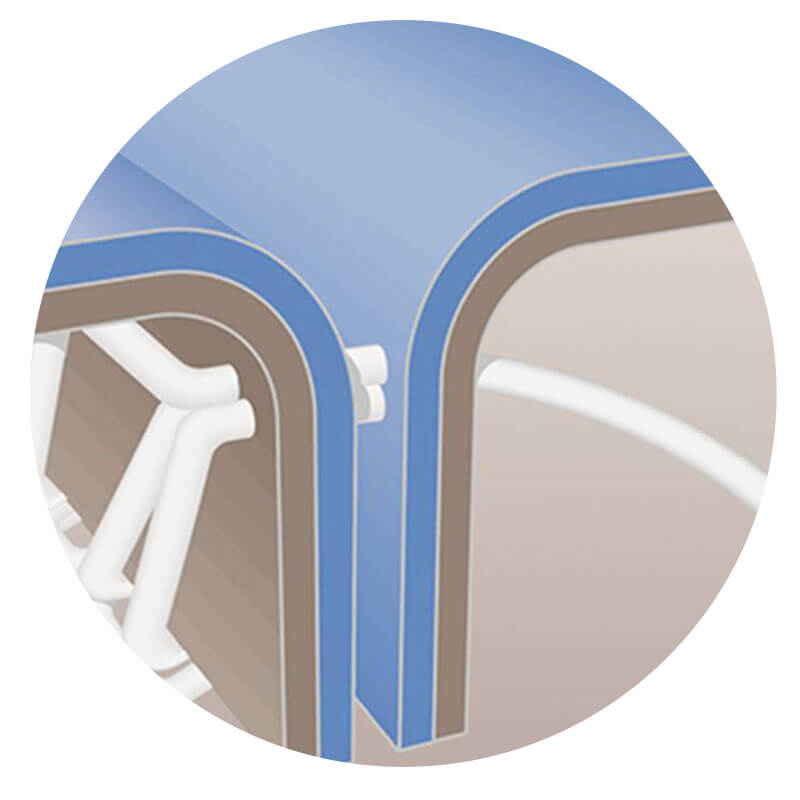
Serged or sewn seam
Three threads are interlocked around the raw edges of two pieces of material – to finish the edges – creating a stress-resistant seam. Products sewn with this seam are for general use and protect against dry particulars; however, because holes are made in the process of sewing, breakthroughs may occur.
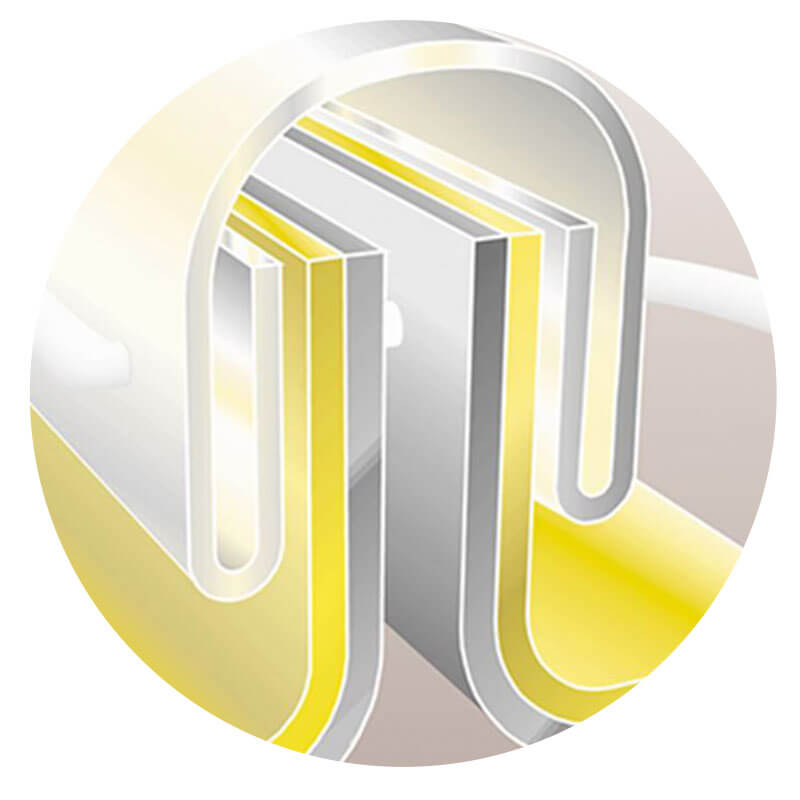
Bound seam
An outer binding reinforces seam strength and barrier. Generally used to limit penetration pathways through the seam – provides improved repellence of particles and liquid at the seams but is not liquid tight and cannot be rated as suitable for chemical protection.
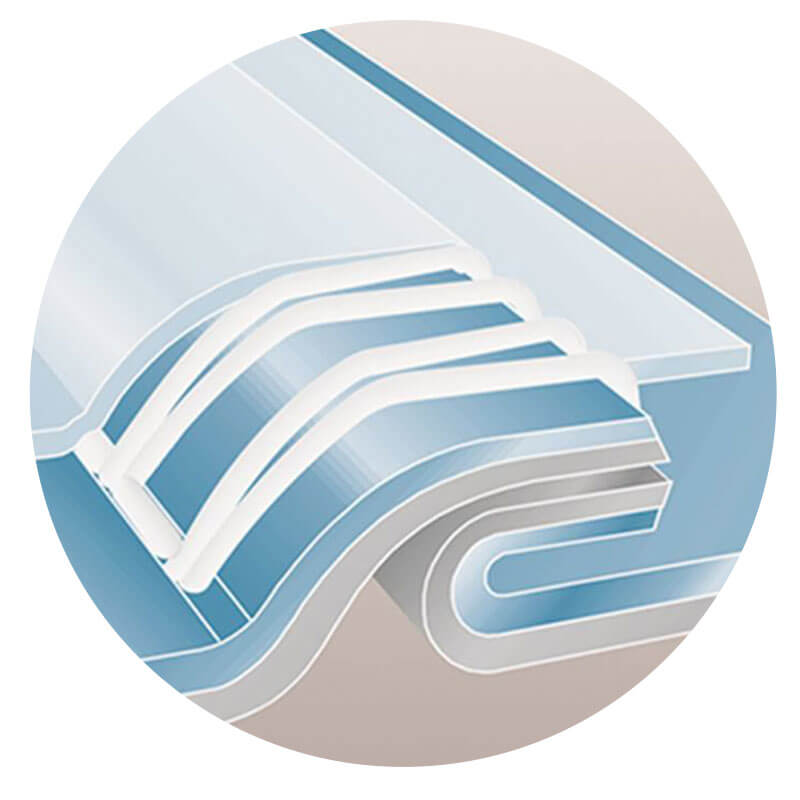
Stitched and taped seam
Provides strong chemical resistance to heavy liquid splashes as the seam is sewn, taped and covered with a heat-sealed strip of material creating a liquid-tight impervious seam.
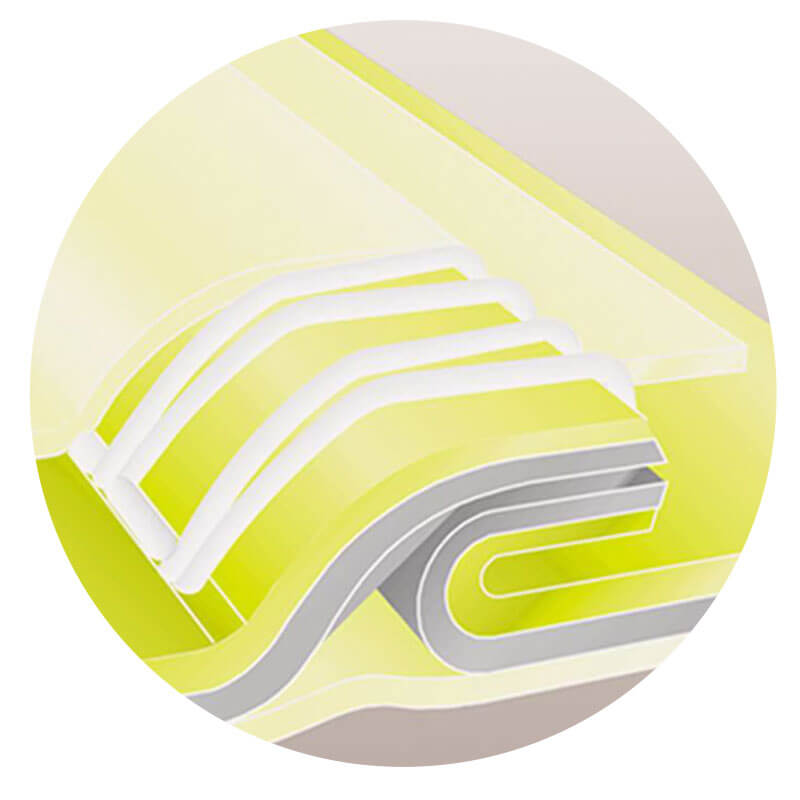
Double Taped seam
Sewn and taped on the inside and the outside for strong resistance to chemicals and physical stress.
Images courtesy of DuPont Personal Protection.
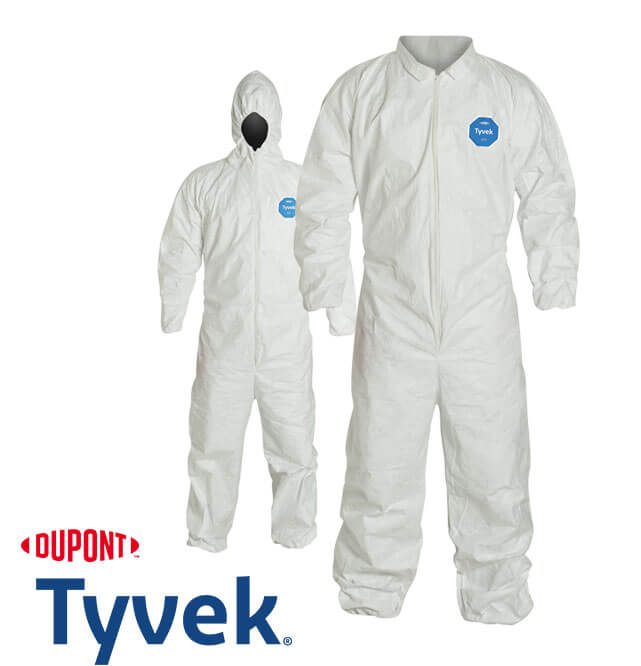
Find DuPont’s Tyvek® Personal Protection Equipment at Arbill.com
To find the recommended coverall protection, consult DuPont’s SafeSpec tool and search by chemical, thermal hazard, and controlled environments. Be sure to speak with an Arbill Safety Advisor to ensure all the appropriate PPE is being worn.










